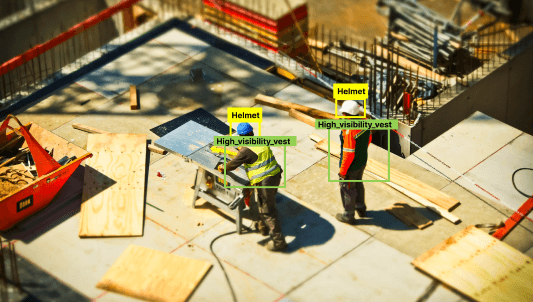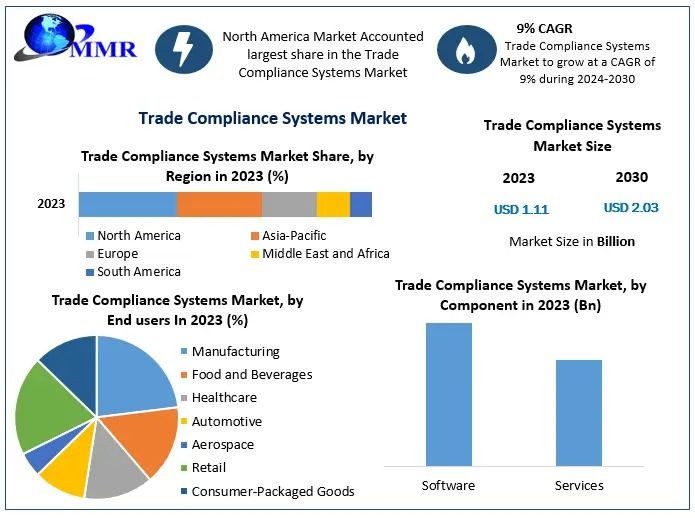The construction industry is inherently risky, characterized by dynamic environments, heavy machinery, and a high volume of workers. Ensuring safety while maintaining productivity is a constant challenge. AI video analytics has emerged as a transformative solution, leveraging cutting-edge technology to address these challenges effectively. Here’s an in-depth exploration of how AI video analytics improves safety and productivity in construction.
The Need for AI Video Analytics in Construction
Construction sites are hotspots for accidents and inefficiencies due to their complexity. Workers are often exposed to hazardous conditions, and ensuring compliance with safety protocols can be difficult. Meanwhile, delays and mismanagement can significantly affect productivity.
By implementing AI video analytics in construction sites, stakeholders can monitor activities in real time, identify potential hazards, and make data-driven decisions. The integration of AI-driven technologies helps minimize risks and improve operational efficiency, paving the way for smarter construction management.
Enhancing Site Safety with AI Video Analytics

1. Real-Time Hazard Detection
Construction sites involve activities such as excavation, scaffolding, and the use of heavy machinery, all of which pose risks. AI video analytics software can process live video feeds to detect unsafe conditions, such as workers entering restricted zones, improper use of equipment, or unprotected heights. Alerts can be triggered instantly, enabling supervisors to take corrective actions before accidents occur.
2. PPE Compliance Monitoring
Ensuring workers adhere to Personal Protective Equipment (PPE) regulations is vital. AI systems can automatically detect whether workers are wearing helmets, gloves, vests, or other required gear. Non-compliance is flagged in real-time, ensuring consistent enforcement of safety measures.
3. Emergency Response Optimization
In the event of an accident or fire, AI video analytics facilitates quick responses by pinpointing the exact location of the incident. It can guide evacuation efforts by analyzing foot traffic and providing the safest routes, ultimately reducing response times and saving lives.
4. Behavior Analysis and Risk Prediction
AI video analytics can identify unsafe worker behaviors, such as running in hazardous zones, reckless operation of machinery, or fatigue-induced errors. Over time, the system uses these insights to predict risks and recommend preventative measures, fostering a proactive safety culture.
Boosting Productivity with AI Video Analytics

1. Workforce Monitoring and Optimization
AI-powered systems can track worker movements and measure the time spent on specific tasks. This data helps managers understand bottlenecks, redistribute workloads, and optimize task assignments, improving overall efficiency.
2. Equipment Utilization and Maintenance
AI video analytics can monitor equipment usage, ensuring machines are operated optimally and maintained regularly. Alerts for irregular patterns, such as overheating or idle time, help minimize downtime and maximize productivity.
3. Progress Tracking
Construction projects involve multiple stages and deadlines. AI video analytics provides real-time updates on project progress by analyzing video feeds of ongoing work. Stakeholders can compare actual progress with planned schedules, identify delays, and implement corrective measures.
4. Improved Communication
By integrating AI with construction management platforms, teams can access live video feeds, reports, and alerts remotely. This improves collaboration and ensures that all stakeholders are aligned, even when they are offsite.
How AI Video Analytics Addresses Key Challenges
1. Reducing Human Error
Human errors, often caused by distractions or fatigue, can lead to accidents and delays. AI video analytics mitigates this by automating critical monitoring tasks, ensuring that no detail is overlooked.
2. Bridging Skill Gaps
In an industry facing labor shortages and skill gaps, AI helps by providing advanced monitoring and decision-making capabilities. This reduces reliance on human expertise and ensures consistent safety and productivity standards.
3. Compliance with Regulations
Regulatory compliance is a major concern for construction firms. AI video analytics facilitates automatic documentation of safety practices and generates reports for audits, simplifying compliance and reducing legal risks.
Case Studies: AI Video Analytics in Action
1. Improved Safety at a High-Risk Construction Site
A major construction company implemented AI video analytics to monitor a skyscraper project. The system detected non-compliance with safety gear regulations and restricted zone breaches in real-time. Over six months, the site reported a 35% reduction in accidents.
2. Enhanced Productivity in Road Construction
A road construction project faced delays due to inefficient equipment usage. AI video analytics helped identify underutilized machinery and optimize worker deployment, leading to a 20% improvement in project completion time.
Future Prospects of AI Video Analytics in Construction
As AI video analytics continues to evolve, its applications in construction are expected to expand. Advanced features such as 3D modeling, predictive analytics, and drone-based monitoring will further enhance its impact. Additionally, integration with IoT devices and wearables can create comprehensive safety ecosystems, making construction sites smarter and safer.
Conclusion
AI video analytics software is revolutionizing the construction industry by addressing its dual priorities of safety and productivity. From real-time hazard detection to optimizing equipment utilization, the technology offers unparalleled insights and actionable intelligence. Adopting AI video analytics in construction sites is not just a trend but a necessity for companies aiming to stay competitive, compliant, and efficient in a demanding industry.
By leveraging these tools, construction firms can build a safer and more productive future, ensuring their projects are completed on time, within budget, and with minimal risks. The future of construction lies in embracing AI-driven solutions that redefine how sites operate.













